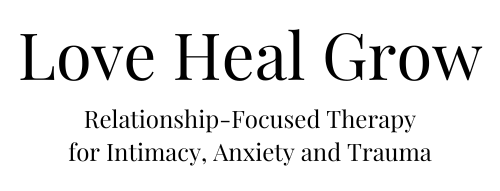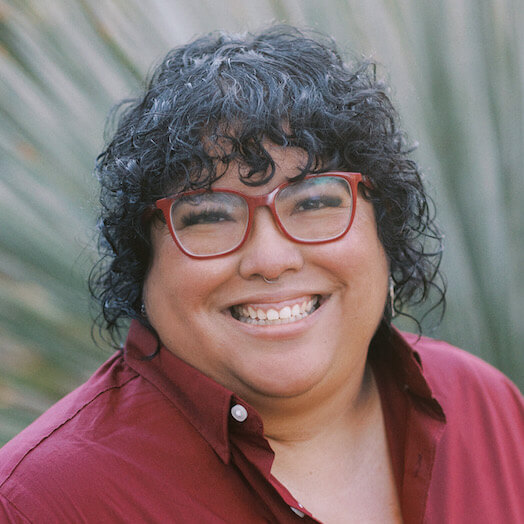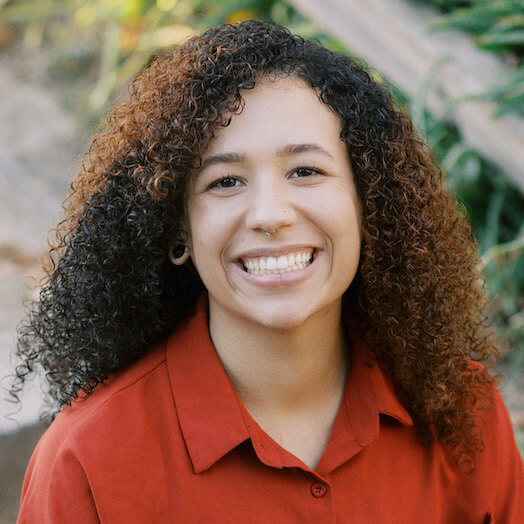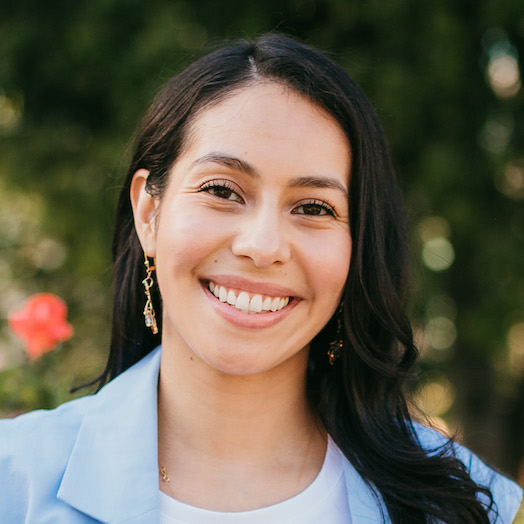
Most of us are probably familiar with the three styles of communication — passive, assertive, and aggressive. But, in order to understand fully why assertive communication is the goal we should all strive for, we need to first establish what behaviors we need to avoid. So, before moving on to benefits and examples of assertive communication, let’s start off with the two less effective methods of communication first — passive and aggressive.
In short, passive communication often leads to us feeling misunderstood and misheard because we are making an effort to avoid expressing our true opinions. This can leave us feeling undervalued and not listened to. Aggressive communication, on the other hand, can really limit the number of solid relationships we can have because we are constantly judging, disagreeing, and arguing with others. Think about it, would you want to be friends with someone who doesn’t let you express your opinion?
If passive and aggressive communication aren’t the way to communicate, then all we’re left with is assertiveness. Assertive communication is a way of communicating in which you share your thoughts, feelings, and beliefs with others in an open and honest way that does not invalidate others’ beliefs or belittle their opinions.
The Importance of Assertive Communication
So, what makes assertive communication so much better than the other two? Well, when we communicate assertively, we are able to share our opinions and feelings without making others feel like their feelings are wrong. Feelings and opinions are different for everyone and there is no right or wrong way to think.
When you communicate assertively (rather than passively or aggressively) you are likely to experience:
- Clearer and more pleasant communication
- Healthier and more trusting relationships
- More confidence in your own feelings and opinions
- Easier and more effective conflict resolution
- Less stress
Being assertive allows us to create the much-needed boundaries that help us to get both our and our loved ones’ needs met in any relationship.
What Does Assertive Communication Look Like?
Assertive communication can look like a lot of things — such as saying “no” when your coworker asks you to do something for them but you already have a full plate or telling someone that a certain behavior or action that they have done makes you uncomfortable. Many of us strive to be more assertive in our daily lives but it can be incredibly difficult to accomplish, especially when we are used to speaking more passively or aggressively in certain situations.
But, with practice and intentionality, we can all work towards ensuring that we are assertive about our needs, wants, and feelings in all of our interactions. So, without further ado, here are some characteristics of good, assertive behavior that we can all work on.
Saying “No”
No one can please everyone all the time. There are times when saying “no” is the right thing to do. Being assertive is being okay with this and being able to communicate exactly what you want, or what you do not want, without offending the other person.
Being Present
It is incredibly hard to have an effective discussion if you (and the other person) are constantly bringing up issues and arguments from the past. Try to be mindful and listen to what is being said in the moment without letting your mind wander.
This allows you to give a clear and confident response to any questions you are being asked and ensure that you are showing respect for both your and the other person’s time and words.
Using Facts Not Judgements
Stick to the facts. When you incorporate judgments, exaggerations, or negative labels into your description people will feel like you are being aggressive. When people feel attacked or judged, they are more likely to get defensive and feel offended by what you are saying.
If you are aiming to get someone to change a behavior that makes you uncomfortable or that you simply don’t like, it is important to ensure that you are coming from a factual, nonjudgemental space.
Using “I” Messages
We can’t know what other people are thinking or understand their motives for asking or doing something. This is why, rather than starting your sentences with “you,” try holding yourself as the focus.
“I” statements show that you are taking responsibility for your own feelings and not blaming them on the other person. This can help to make sure that the person you are talking to does not feel like you are blaming them for something — which keeps the conversation going in a more positive direction rather than turning into a blame-game argument.
Noticing Nonverbal Cues
Make sure that you are showing open body language, making eye contact, and actively listening and watching for reactions. This can help to keep you focused and in the moment and it shows the other person that you are engaged and that you are showing them the respect that they are showing you.
Discussing
Assertive communication is not ending a conversation abruptly because the other person is irritating you or just saying yes so they will let you move on with the day. It can take more time and more energy to do, but it is how you can ensure that you are coming to a satisfactory conclusion or compromise on an issue.
Keeping the Tone Calm
To communicate assertively you want to be calm and relaxed — no matter what the situation is like. You want to ensure that your voice is relaxed and friendly and you want to feel calm during the conversation.
This can take a lot of practice, but, just like all other things, progress comes with practice. You can start by trying to intentionally speak in a slower and softer voice, especially when you are feeling irritated.
Being assertive can be very difficult and no one is expecting you to go from passive or aggressive communication to assertive communication in one night. The trick is to notice how we communicate and make the effort to improve.
If you are unsure of how to best work on changing your communication habits or you are simply looking for additional guidance during your journey, please do not hesitate to reach out to us at Love Heal Grow. We would love to be a part of your journey of self-improvement and learning to communicate your needs effectively is an incredibly important first step!
























